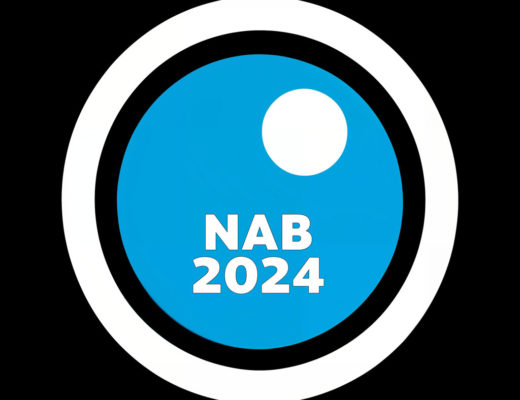In this day and age, when business people talk about their business assets, very often they are not discussing the traditional physical or fixed assets commonly thought of, but instead are talking about the intangible resources now known as “digital assets.” Any business that is staying current with standard practices, and especially internet-based businesses, have significant assets in the digital realm and because of this, digital asset management have gained a new level of importance.
Digital asset management is reaching a point of what some experts call “critical mass” and a potentially volatile time in the brief existence and history of managing digital assets. It is precisely because it is such a new area of business and expertise that it can be difficult to manage at times. One of the reasons for this is that as digital, current assets have become increasingly important to businesses, the solutions for asset managers to use to effectively manage these unique assets have not been at all standardized.
Due to this factor of not yet having standardization in place, digital asset management, while increasingly important, is still “technically” in its infancy. Industry insiders expect that consolidation of both technology solution tools and management tools will result in the smaller, and often more innovative players either joining forces with larger competitors or simply being driven out of business.
The current definition of a good, digital asset management system includes a combination of software and hardware technology solution tools for businesses of all sizes and also includes the work flows that make use of those digital assets. This includes the complete array of digital files, digital storage devices and digital communication pathways that allow for the use, sharing, integration and flow of the information.
Continues @http://financetopics.org

Filmtools
Filmmakers go-to destination for pre-production, production & post production equipment!
Shop Now
![Digital Asset Management Nowadays Has Become A Need 3 Reblog this post [with Zemanta]](http://img.zemanta.com/reblog_e.png?x-id=41eb5b80-82ea-475e-9321-fccfd4487c44)













